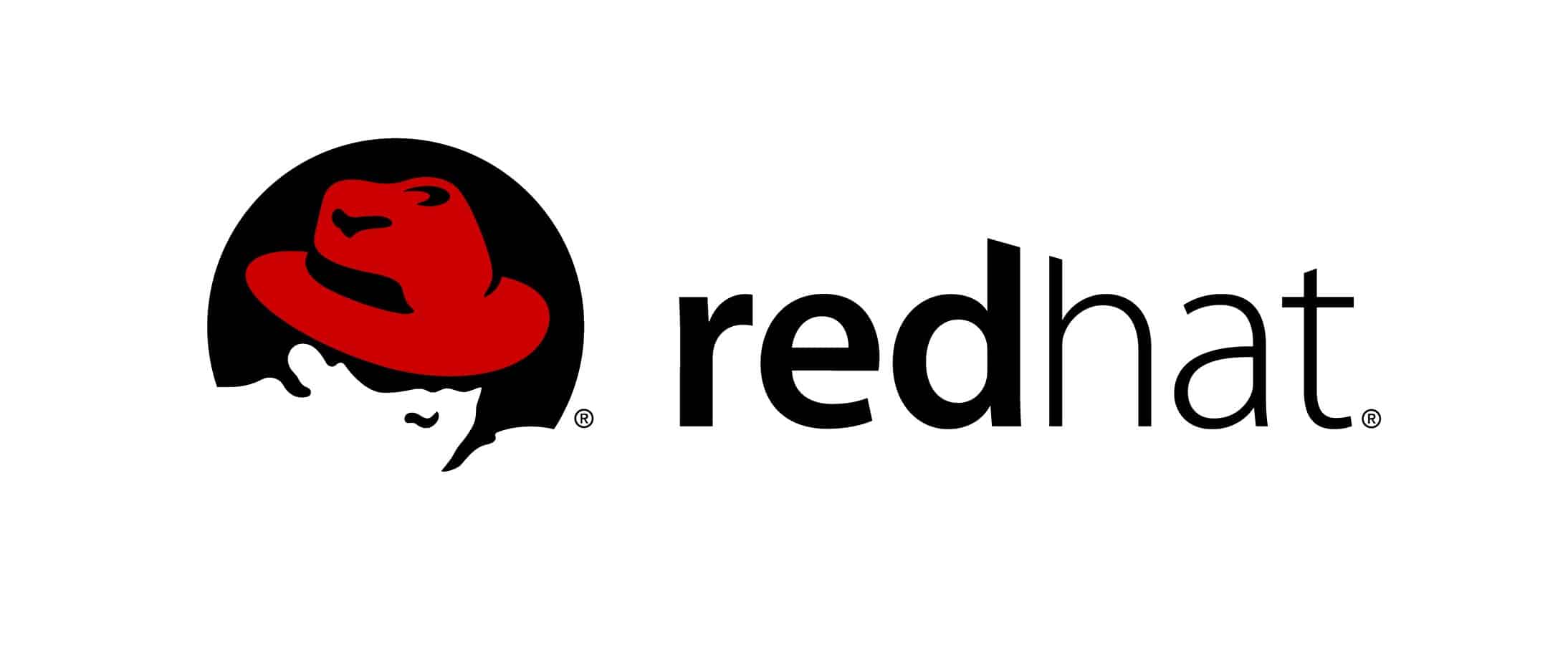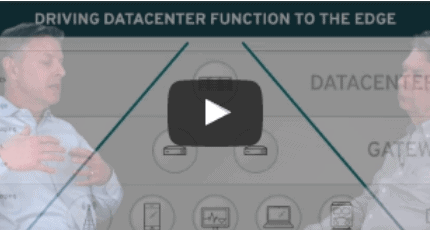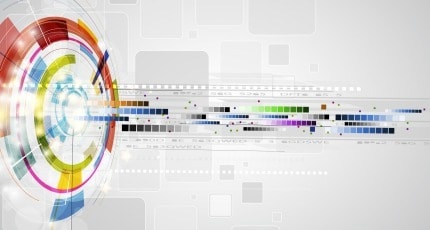Creating Business Value with the IoT, Part 5
Why Business Rules Should be Part of Your Agile IoT Strategy
In this video, Mike Piech, General Manager for Middleware at Red Hat, discusses the importance of leveraging existing infrastructure investments while abstracting business logic in a rules engine for IoT applications.
Learn more at www.RedHat.com/iot. Have a question? Email us here.
Watch the series from the beginning here.
Transcript
One of example of what I mean by factoring out would be to factor out business logic into rules and use a rules engine. You don’t have everything A hard coded and B hard coded in a way that’s very specific to an existing architecture. If you’ve abstracted the way that data gets filtered and aggregated into a set of rules that are easily editable, you’ve now given yourself a lot of flexibility into how you manipulate the architecture going forward, having those rules isolated or at least contained in a fairly easy to get at location.
This gives the business person some comfort in knowing that the business specific logic is reasonably separate from the architecture and the lower level considerations that developers care about such that, that business person, that business leader can have someone who’s not even necessarily a programmer edit rules, make changes to those rules and act in an agile way with respect to the business without having to depend on too many heavier weight technical changes.
Adrian Bowles: It sounds like the key issues then, for the business buyer, are look at standard base solution and separate the business logic by having a layer, or business rules engine that captures that separate from any decisions you might make about what sort of sensors or what sort of devices or what sort of protocols you need.
Mike Piech: Exactly. Key idea there is that separation. Separation of business logic and the business concerns from the more detailed technical concerns.
Adrian Bowles: Thank you for watching. If you’re interested in getting more information on Red Hat solution for the IoT stack, redhat.com. For more videos in the series, go to rtinsights.com.
Creating Business Value with the IoT video series
-
Vignette #1:
-
Vignette #2:
-
Vignette #3:
-
Vignette #5:
Special Report
-
Learn how smart transportation systems with enhanced automation can improve the performance and security of rail systems.
Connect with Red Hat
About Red Hat
Red Hat, the world’s leading provider of open source software solutions, delivers reliable and high-performing cloud, Linux®, middleware, storage, and virtualization technologies that help you collect, communicate, transform, store, and act on critical data generated by the Internet of Things (IoT). Red Hat offers a single, extendable, and secure foundation to support the end-to-end life cycle of IoT solutions—from development to production.
Red Hat brings intelligence to the edge, bridging the gap between IT and operational technology for connectivity and interoperability between IoT devices, gateways, datacenters, and the cloud.
Learn more at redhat.com/iot.










